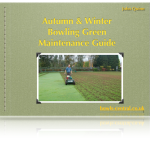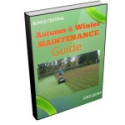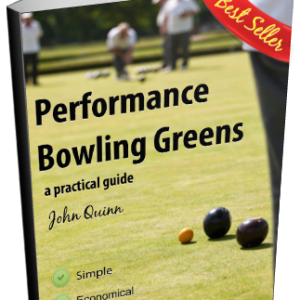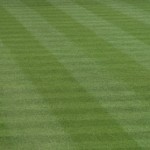 How has your bowling green performed this season?
How has your bowling green performed this season?
If the answer is “brilliantly”! we truly have a high performance bowling green, then congratulations you probably need read no further.
However, if your club is like many I speak to then its probable that your answer will be somewhat less positive and that you could benefit from my new 34 page guide to Essential Autumn and Winter bowling green maintenance and preparation.
During this season has your green suffered from:
- Slow play?
- Un-even surface?
- Un-predictable rinks?
- Inconsistent surface?
- Soft and spongy turf?
- Bumpy rinks?
- Fungal disease, slime, moss, weeds or dry patch?
These are all common problems in the UK and the answer to beating them lies in the Autumn and Winter Maintenance you do starting NOW.
In my new Autumn/Winter Maintenance guide you will learn:
- The 3 most important issues in Performance Green Management
- The reason many greens never improve, this is an eye opener for many clubs!
- The Maintenance items you MUST DO NOW to prepare your green for next season
- The commonly used maintenance practices YOU MUST AVOID if you don’t want to make your green worse than it already is. Unfortunately, many clubs will already be preparing to undertake these tasks unaware that they are about to damage their green further.
- A guide to the Autumn/Winter maintenance you need to do to get your green off to a flying and early start next spring
Please don’t fall into the trap that many clubs will this autumn: make sure you are performing the correct maintenance tasks to give your green the best chance next season.



